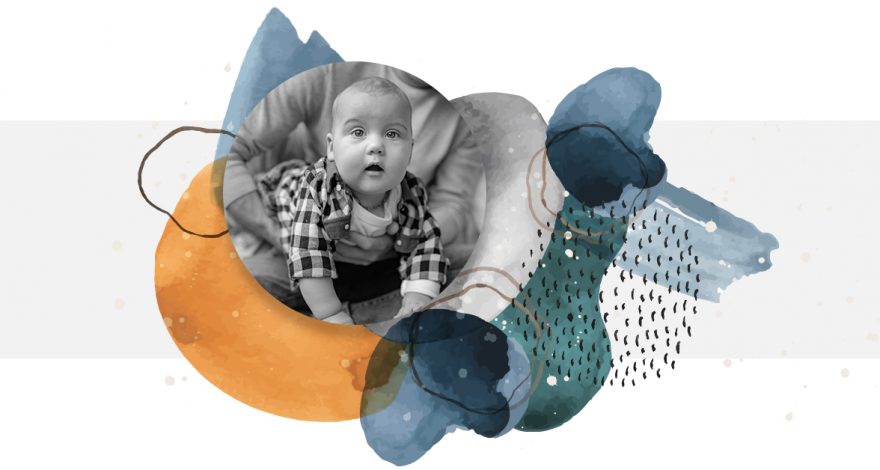The lesson from Gainesville is to listen to the recipients in designing a Guaranteed Income program.
Kevin Scott served three and a half years in prison in Florida, and when he got out he thought he was hallucinating until a dog barked and brought him back to reality. He truly was free, and as he put it, “on fire to be home.”
But the next weeks and months didn’t go as planned. He desperately wanted to step back in and be a good dad, find a job, and resume his life. But the roadblocks were formidable.
“I had no money and there were so many closed doors,” he said. He was lucky in that he had the support of his family and friends, yet he still struggled. The mandatory fees, for starters, were impossible to pay without a job and jobs are hard to come by. If a judge mandates anger management classes, the former inmate pays the costs. Mandatory drug tests, court fees, back-dated child support–they pay. They even pay for their probation. If they miss a payment, it’s back to jail and potentially prison for the duration of their probation period.
“We call it paying your freedom rent,” Scott said.
“Money isn’t everything, but if I’d had a few hundred dollars to catch my breath and take a moment, it would have helped enormously.”
All those unrelenting costs add up, and it becomes next to impossible to get on your feet, he said. It’s one reason that among the homeless at the shelter where he works, up to two-thirds of the men are former prisoners.
“Money isn’t everything, but if I’d had a few hundred dollars to catch my breath and take a moment, it would have helped enormously.”
Scott’s experience is one reason that Lindsay Kallman, executive director of Community Spring, hired him and three other formerly incarcerated men and women to help her design a city-led guaranteed income pilot program in Gainesville, Florida. Initiated by the mayor, Lauren Poe, the pilot is giving 115 men and women with felony records $1,000 for the first month and $600 a month after that for one year (or two if they can raise the funds). The pilot is seeded with $500,000 from the Mayors for Guaranteed Income and private dollars.
“With this guaranteed income program we want to reverse the power structures.”
“We hire people impacted by poverty because economic mobility is only possible with income and power to reshape the systems that keep people down,” Kallman said about why she wanted Kevin Scott and his peers to help her design and operate the program. “With this guaranteed income program we want to reverse the power structures.”
Mayor Poe sees the involvement of the formerly incarcerated as critical to the success of the program. For starters, they can offer an important reality check to ideas and plans. While there is ample academic research and policy insights, the simple matter of “ground-truthing” the assumptions behind a program can save time and money.
“We’ve had a lot of disconnect in policymaking,” Poe said. Policymakers, he said, come up with great ideas and go right to implementation, only then to find out what the flaws or shortcomings are.
“By then the big ship is cruising and it’s hard to make changes,” he said.
It’s one of the beauties of the 46-and-counting guaranteed income pilots underway across the country. They are each small and nimble and serve different populations and will be able to adapt quickly to the inevitable hiccups, which means cities can learn a lot in a short amount of time. Critical for going to scale, as we discussed in a prior post.
Mayor Poe sees the involvement of the formerly incarcerated as critical to the success of the program.
For the team at Community Spring that meant making tweaks early on like revising the amount provided upfront, given the high hurdles that the formerly incarcerated face. They wanted to find that sweet spot where the money doesn’t overwhelm people but yet gives them the foundation to rebuild their lives. They considered tapering off the monthly income with more distributed early and less later , but everyone agreed that the needs don’t just disappear over the year.
For Poe and the city coffers, guaranteed income is ultimately more cost-effective, he thinks. Safety net programs like TANF and WIC require a lot of overhead, he said “especially when tracking fraud or abuse. But with direct cash, there’s no abuse because you’re not telling people how to spend money.”
The bottom line, he said, is that when you allow people to make their own decisions, they tend to make good ones.
